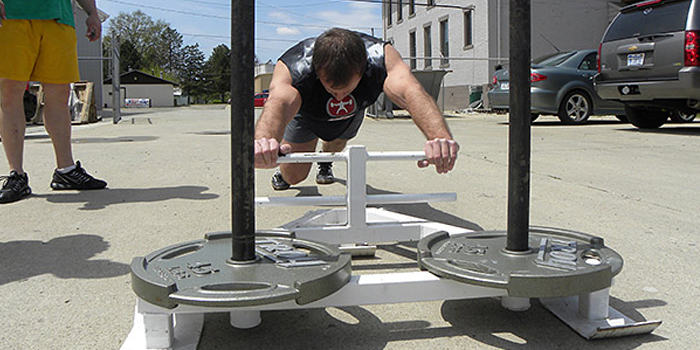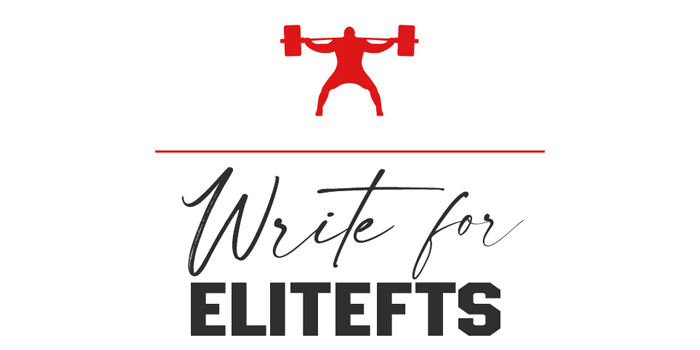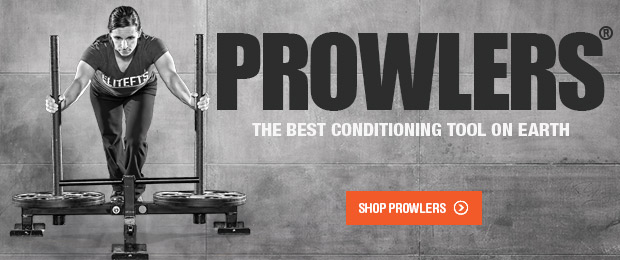
Picture this: a serene winter landscape, snow-covered mountains stretching as far as the eye can see, and a lone figure gliding effortlessly across the white expanse. You see a speeding object whipping and flying across the drift of snow.
A SLED: Moving with grace across the landscape.
Sled Training
Imagine, for a moment, a training tool that bridges the gap between strength and speed, between endurance and explosive power, all while ushering in a new era of recovery and rejuvenation. A practice that has captivated athletes, fitness enthusiasts, and even the curious minds of the health world.
A mirror tool of our childhood becomes one of the most powerful and diverse tools on the planet. Far from just being a device to conquer the biggest sled hills as a kid. It is a powerhouse for performance enhancement and a secret weapon for rapid recovery. The sled has carved its place into the forefront of elite athletes' regiments, promising to unlock new realms of potential and redefine the very essence of peak performance. From Olympic champions to your weekend warriors, the call of the sled beckons, offering a glorified promise of a champion: the keys to surpass your limits, conquer your goals, and emerge not just stronger, but truly unstoppable.
Speed Enhancement (Performance) is very common to see. But, like anything, there are a multitude of ways you can program it. At the end of the day, THE SLED IS A TOOL. But, if programmed correctly the sled can help solve many of your problems that you may have with your athletes when it comes to speed performance. You can go back and look at how Defranco began to revolutionize how the sled was used and this is not to discredit anyone who has done it before or after. There are many ways to train speed, as we all know. You can use whatever tool, whatever book, whatever source you want. But, at the end of the day, the sled can truly be used by anyone.
Scientific Studies/Articles
- Effects of Weighted Sled Towing With Heavy Versus Light Load on Sprint Acceleration Performance
- Kawamori N, Newton RU, Hori N, Nosaka K. Effects of weighted sled towing with heavy versus light load on sprint acceleration ability. J Strength Cond Res. 2014 Oct;28(10):2738-45. doi: 10.1519/JSC.0b013e3182915ed4. PMID: 23539079.
- Sled Load: 30% or 10% of BW
- “Effects of Sled Push Training on Sprint Performance in Collegiate Soccer Players”
- Esformes et al. (2010). Effects of Sled Push Training on Sprint Performance in Collegiate Soccer Players. The Journal of Strength and Conditioning Research, 24(10), 2715-2722
- Sled Load: 75% of Body Weight
- Found: Significant improvement in sprint performance including acceleration and maximal velocity.
- Fast off the Ball: Revisiting Heavy Resisted Sprinting for American Football
- Author: Cameron Josse
- Article
- Sprint acceleration mechanics and performance: the interest of very-heavy sled training (VHS)
- So based on all these points, and according to our theoretical framework around the sprint force-velocity-power profiling, we hypothesized that VHS training would mainly result in improved mechanical effectiveness and thus maximal horizontal force and power outputs. In our view of individualized sprint training, VHS could be an effective way to train that specific part of the profile, for athletes whose individual profile shows a deficit in this particular part of the sprint.
Common Ways to Utilize Sleds in Sled Training
- Sled Linear March (With elitefts Blast Straps)
- Heavy Sled Sprints (Towing Sled From Behind)
- Light Sled Sprints (Towing Sled From Behind)
- HASP (Heavy A** Sled Push)
- HASD (Heavy A** Sled Drag)
- Sled Lateral March (With elitefts Blast Straps)
- ISO-Sprinter Stance Starts
- Sled Release to Sprint
- Sled Drill + Contrast Movement (Sled Linear March Contrasted With Static Start Sprint)
- Sled Marches (A March)
What do Sleds Affect?
- Overload Principle: Overloading this specific position is geared towards building specific strength in this ACCELERATION position.
- Specificity: The specificity of being in this position (Acceleration) whether it is pushing the sled or pulling the sled. It also allows the focus to specifically be on force production, force application, triple extension, and many more.
- Biomechanical Alignment: Sled pushes and drags encourage a forward lean, which mirrors the body position during acceleration in sprinting. This helps athletes develop the right muscle activation patterns and body angles for efficient acceleration.
- Minimal Eccentric Load: Since there is a minimal Eccentric Load, this minimizes muscular damage and soreness. Which is key for this but also for recovery.
- Acceleration Development: Now, before I say anything else- YOU still have to do unloaded sprints! Acceleration Development is stated because it will help the initial first steps.
- Force Application: Dragging a heavy sled involves horizontal force application, which is a key component of sprinting. Developing the ability to generate force against resistance can lead to greater power output during the sprint. KEY THOUGHT: HORIZONTAL FORCE.
RECENT: Adapt or Lose: Nonlinear Periodization
Now, before you get ahead of yourself, the one thing that has changed over time is technology. Whether it is sprint profiles, 1080 sprint, and any other new technology for sprinting.
How you integrate sleds will be key. Many people just program it for anyone and everyone. Now, we can all do it. I won't dive too deep into it. But, create a sprint profile that will allow you some information and data that you can track over time. Since we deal a lot with youth athletes, heavy sled drags or pushes are a great tool for the specific reason of the acceleration position. But, what is more important is the focus on horizontal force production. Many athletes do not understand the force or strength that is needed in this drill. I see it on a daily basis.
Programming for sled training becomes almost unbearable to look at when I dive into what coaches are doing with it because it usually is just for pure conditioning and to get a kid to puke at the end of the day. It is important that you understand how you can use different programming principles to enhance how sleds work. Such as: FRENCH CONTRAST.
Bryce Biel is the Director of Performance for Legacy at Carbon in Franklin, TN, and the Head Coach of the Tiger Fitness Training App. Biel trains youth athletes, collegiate athletes, and professional athletes in person and online. You can contact Bryce via email at Bryce@LegacyatCarbon.com. Social Media (Twitter/Instagram) @BryceBiel. You can find Legacy at Carbon at www.LegacyatCarbon.com.










